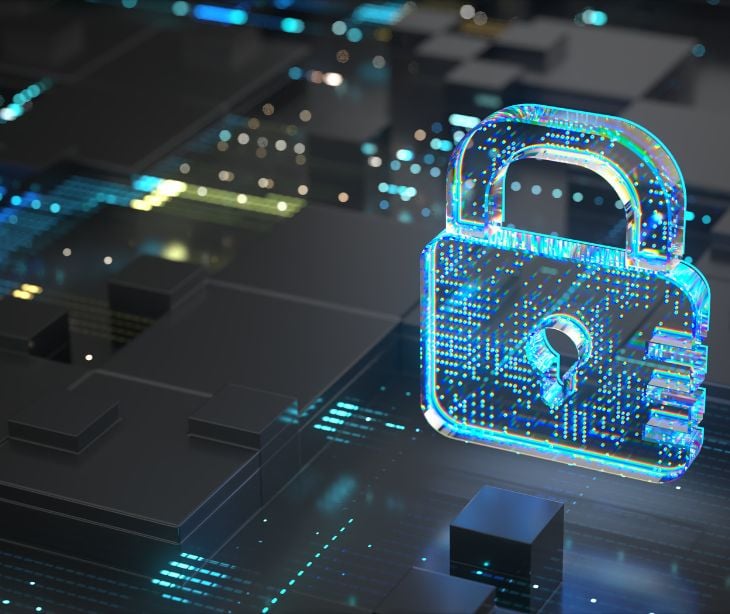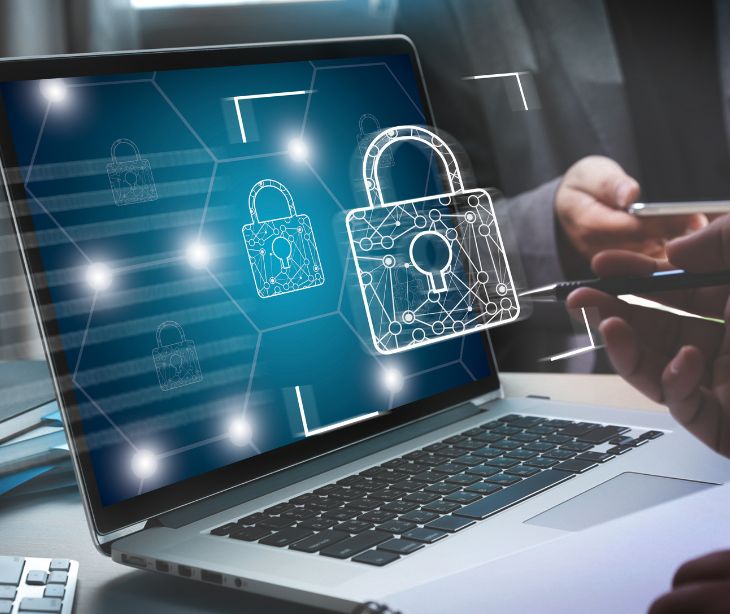
Forensic analysis is a process by which specialists look for digital clues that can explain unauthorized activities or attacks. By doing this, they can help prevent future incidents by strengthening security systems and also providing evidence that can be used in court if needed.
What is digital forensics?
According to Cybersecurity and Cyber Forensics: Machine Learning Approach, digital forensics is defined as, “... a branch of forensic science that describes the technique of forensics investigation of crimes that take place in a computer network or computer system…”
Forensic analysis is the process of examining, identifying, and extracting digital evidence from various electronic sources. It involves using specialized techniques and tools to recover data, even if it has been deleted, encrypted, or damaged. Professionals in this field scrutinize digital devices such as computers, mobile phones, and network infrastructure to uncover the nature and extent of cyber incidents.
Through forensic analysis, healthcare organizations can pinpoint the sources and methods of cyberattacks, such as data breaches or malware infections. This process involves meticulously examining digital evidence, which enables healthcare providers to uncover how a breach occurred and which systems or data were affected. By understanding these details, these organizations can address immediate security concerns and strengthen their defenses against future attacks.
The forensic techniques that are useful in the healthcare sector
Applying niche forensic analysis techniques in healthcare settings can significantly aid in identifying and mitigating cybersecurity threats. These techniques include:
- Memory forensics: This technique involves analyzing the volatile memory (RAM) of digital devices to extract information about running processes, network connections, and in-memory data structures. In healthcare settings, memory forensics can identify malware or unauthorized processes running on medical devices and servers.
- Mobile device forensics: Given the increasing use of mobile devices in healthcare, such as smartphones and tablets for accessing patient data and communication, mobile device forensics can be instrumental. It can help recover deleted messages, call logs, and other data to investigate data breaches or policy violations.
- Database forensics: Healthcare organizations rely heavily on databases for storing patient records. Database forensics involves analyzing database contents and logs to uncover unauthorized data modifications, and access patterns, and to trace data leakage sources. This assists in the investigation of incidents of data tampering or theft.
- Steganography detection: Steganography involves hiding data within other files or media. Detecting steganography can be critical in healthcare settings to uncover hidden malicious code or exfiltrated data in seemingly innocuous files, like digital images (X-rays, MRI scans) or documents.
- Live system forensics: This technique involves analyzing a system in its running state. In a healthcare context, live system forensics can provide real-time insight into active network connections, running services, and open files, which is beneficial for immediate incident response and understanding ongoing attacks.
- File carving: This technique recovers deleted files from storage media. In healthcare, file carving can be pivotal in retrieving patient records or logs that have been intentionally deleted as part of a cover-up or accidental deletion, thus aiding in restoring lost data and investigating breaches.
See also: HIPAA Compliant Email: The Definitive Guide
The implementation of forensic analysis through the cyberattack lifecycle
Forensic analysis is crucial at every stage of a cyberattack. Before an attack, it identifies weaknesses and creates defenses. During an attack, it traces origin, limits damage, and improves security. After an attack, it documents and analyzes everything to guide recovery and reinforce against future threats.
See also: How to implement endpoint detection and response (EDR)
See also: How to create an effective corrective action plan
FAQs
What is cybersecurity?
Cybersecurity protects computers, networks, and data from unauthorized access, attacks, or damage.
What is the difference between forensic analysis and regular cybersecurity measures?
The difference between forensic analysis and regular cybersecurity measures is that forensic analysis specifically investigates security breaches after they occur to find causes and perpetrators.
Are internal or external forensics teams better for smaller practices?
For smaller practices, internal forensics teams may not be cost-effective due to the specialized skills required, so relying on external forensics teams, which can offer expertise as needed without ongoing costs, is often better.
Subscribe to Paubox Weekly
Every Friday we'll bring you the most important news from Paubox. Our aim is to make you smarter, faster.




